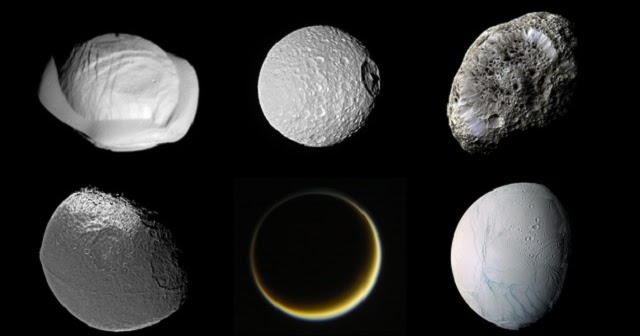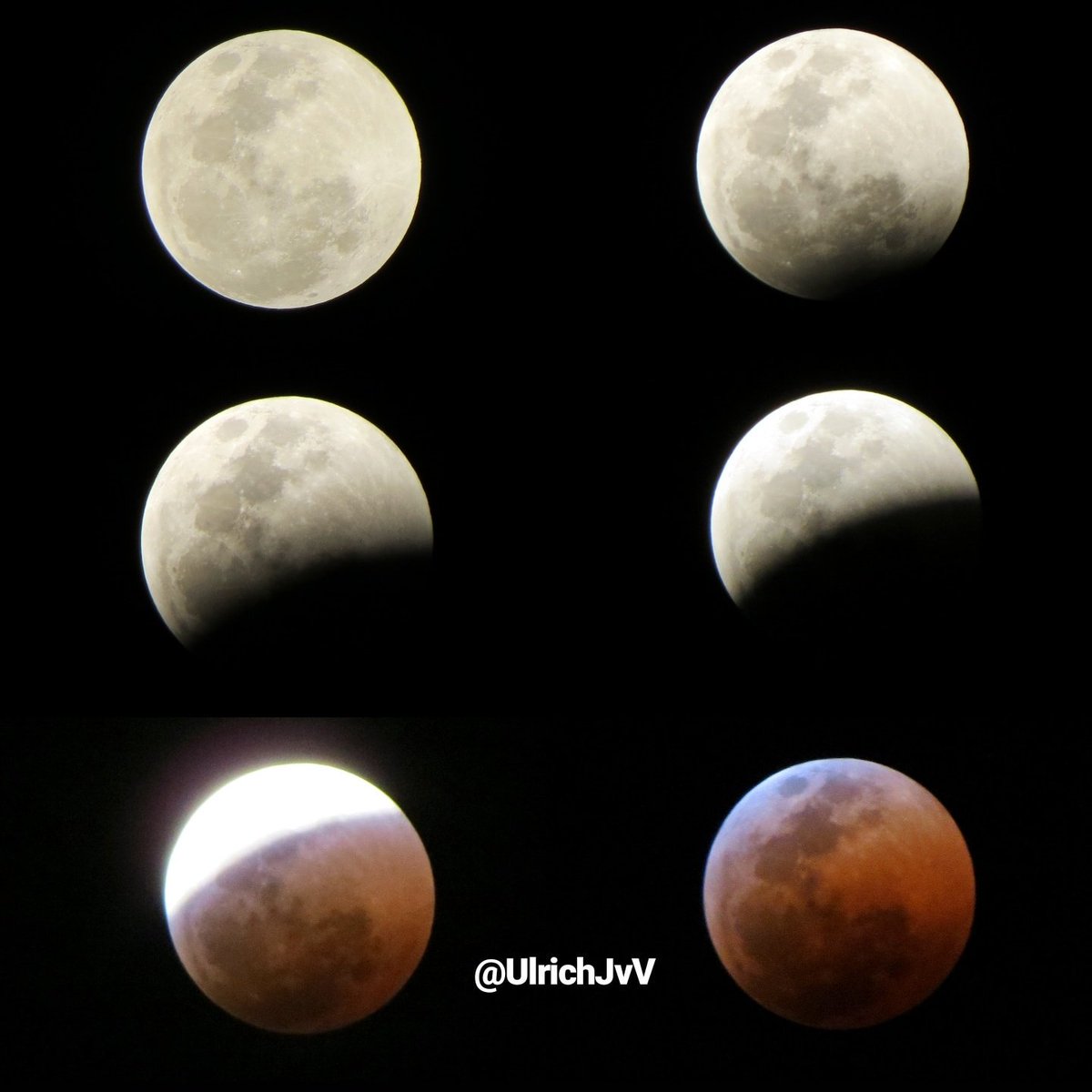
The far side was first photographed on October 7, 1959, by the Soviet probe Luna 3, and subsequently by many other Soviet probes after that, creating an Atlas. Unlike the near side of the Moon, the far side is more densely cratered. We can see about 59 percent of the Moon’s surface facing us, though the smaller far side areas are difficult to observe due to low viewing angles. This phenomenon is known as tidal locking, and the side that we cannot see is referred to as the “far side” or the “dark side” of the Moon, though it’s not exactly always dark. Revera/CC BY-SA 3.0, Apollo 16, NASA/Public Domainīecause of the tidal forces on the Earth, the Moon’s rotation is slowed down enough so that only one side of it faces us. ( 1, 2)ģ. You can never see the far side of the Moon from the Earth. Its density is lower than Earth’s because it was mostly the mantle and crust that was thrown off rather than the core. Astronomers believe the Moon was formed when a Mars-sized rock hit the Earth causing debris to be thrown into space and was then collected in an orbit. In comparison, the Earth’s average density is 5.52 grams per cubic centimeter. It is actually the second densest moon in the Solar System after Jupiter’s moon Io whose average density is 3.528 grams per cubic centimeter.

Moon’s average density is 3.346 grams per cubic centimeter whereas that of the Sun is 1.408 grams per cubic centimeter.

Image Source: NASA/MSFC/Renee Weber, NASA/Jenny Mottar The average density of the Moon is higher than that of the Sun. The reason the Earth and the Moon are considered a planet-satellite system instead of a double planet system is that their center of mass is located 1,700 kilometers (1,100 miles) under the Earth’s surface. Its diameter at 3,474.2 kilometers (2,158.7 miles) is one-fourth of Earth’s diameter and more than the diameter of the dwarf planet Pluto, which is 2,317.8 kilometers (1,440.2 miles). In fact, it is the second largest satellite in our solar system relative to the size of its planet, the first being Pluto’s Charon.

The Moon is actually a considerably large satellite when compared to the size of the Earth.


 0 kommentar(er)
0 kommentar(er)
